
臺灣非營利專業書評媒體。Openbook編輯部將提供原生報導,文化觀察,人物採訪與國內外重大出版消息。 https://linktr.ee/openbooktaiwan
Cartoon Review: You don't have to understand it, but it brings strong feelings: Huang Dawang's comment on "The Man in Red Pantyhose"
Author| Huang Dawang
In recent years, because foreign language translators have more channels for textual research, it is possible to attach better annotations and explanations to foreign literature that used to be difficult to read. Some surreal literary and artistic works have also been introduced into the Taiwan market with the needs of the market or the adventurous spirit of publishers. In addition to Kafka, Beckett, or Latin American fantasy fiction, there are a number of other writers' absurd, surreal, or dark humorous works on the market.
Ridiculous, surreal and dark humor genres have become popular genres in literature, drama, film or comics. However, when it comes to comics with cracked meanings, even if there are eroticism, curiosity, blood and ignorance, they all adhere to the grammar of comics and the principles of storytelling. His cartoons are only responsible for elaborating a sentence, or even a fragment of a few words, but the inner pages are filled with people and things he wants to draw. Even if there is a dialogue, it is often irrelevant to the story. At the end, it is just a sentence At the moment when the exposition ends, the author is more likely to disappear altogether.
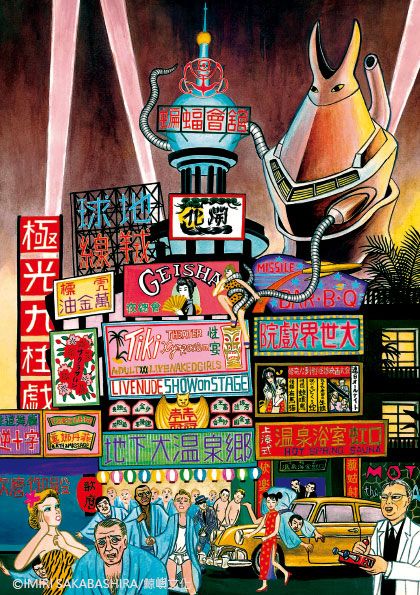

It's not that he doesn't care, he at least finished the last frame, but the whole presentation is not the result expected by ordinary comic readers. Even so, his works are not only classified as comics or graphic literature, but also closer to the metaphysical category of "pure literature" and "pure art". However, Ni Zhu himself has always adhered to the spirit of "drawing is right!" and continued to create in the non-mainstream comic circle in Japan.
Behind Ni Zhu's creation, there is naturally a background that prevents him from starvation and cold. However, his old club "Qinglintang" is a hard-pressing publishing house that, in order to launch high-quality unpopular comics, from newcomers, authors to editors, all are willing to rely on a little bit of compensation - even part-time income - to continue working.
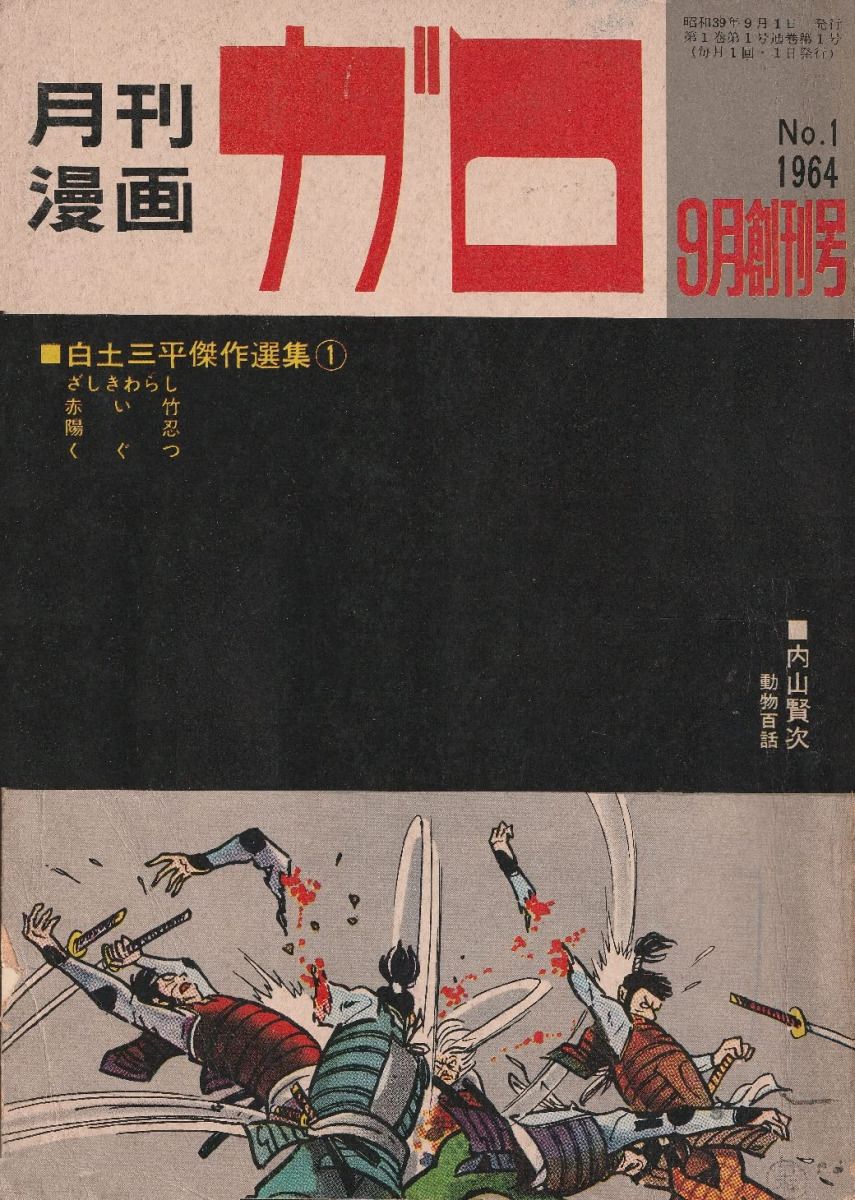
The manga magazine " Garo " (ガロ) issued by this publishing house does not talk about the passion, friendship, and victory of mainstream manga. Since its inception, the level of competition among newcomers is no less than that of the mainstream juvenile manga magazines issued by Shueisha, Shogakukan, and Kodansha. In fact, since " Garo " was first published in 1964, the new magazine " AX " has been released through the company's change of hands and the original "Qinglin Craft House" has been reorganized. The entertainment brought by the serialized works usually runs counter to the mainstream Japanese comics. , and also slowly spread among overseas comic lovers in the representative format of Japanese "alternative comics".
Alternative culture in Japan originated from the "spring paintings" that occasionally appeared in Ukiyo-e. In the mid-17th century, publishers in Kyoto began to publish popular books, which developed in Edo into the character book "Jimoto Kasho", which included illustrations of Ukiyo-e prints. At the end of the 18th century, the eighth-generation shogun of the Edo shogunate, Matsudaira Tadashin, resolutely carried out the so-called "Kanzheng Reform" to rectify the social atmosphere. He was also sentenced to wear a hand flail for 50 days by the shogunate.
The painter Tsukioka Yoshinian (also known as Dasu Yoshinian, 1839-1892), a painter from the end of the Edo period to the Meiji period, painted many tainted "no miserable paintings", which were repeatedly banned by the government. The newspaper person Gong Takewaigu (1867-1955) was once imprisoned for publishing cartoons in which the emperor was drawn as a skeleton in a magazine. After he was released from prison, he continued to issue "Funny News" to challenge the taboos of the Meiji and Taisho periods... from humor and eroticism, or to challenge speech Images and popular literature on the margins of freedom are both important foundations of Japanese alternative culture.
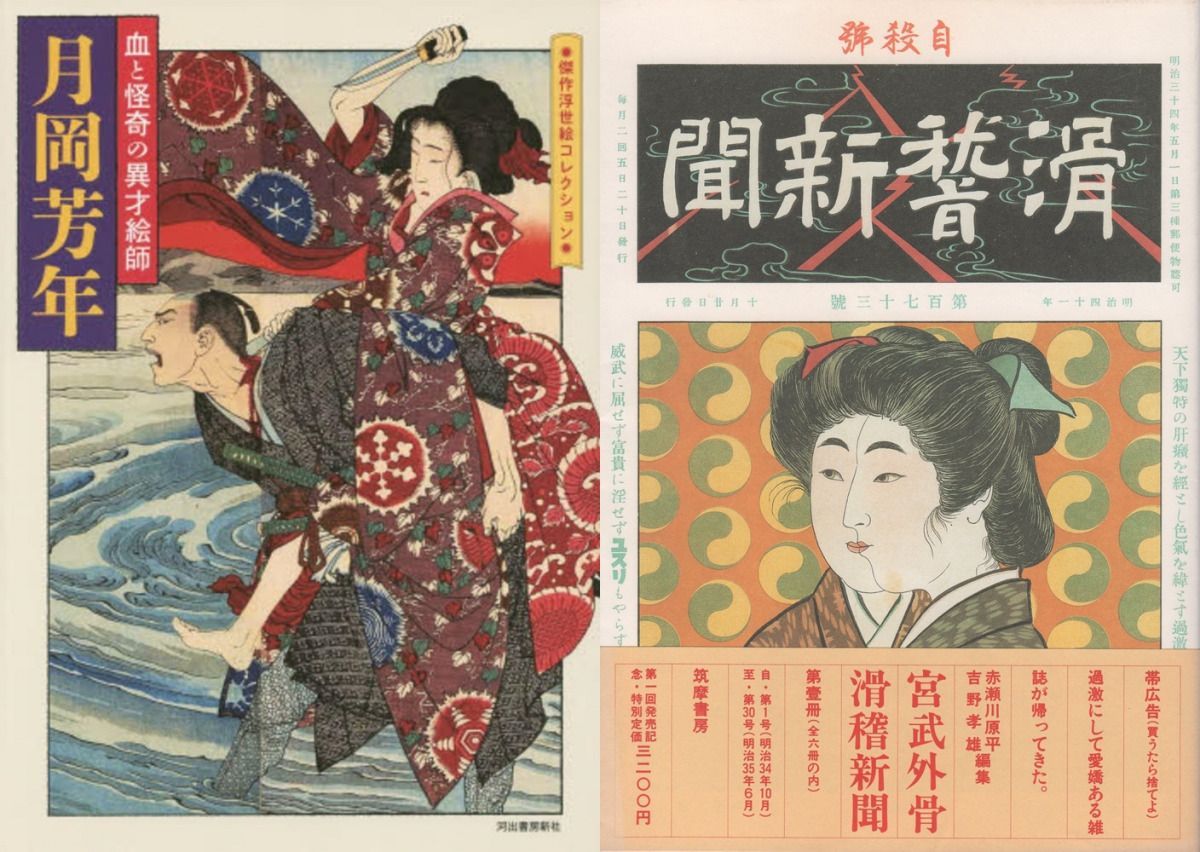
Whether it's spring paintings, no miserable paintings, jokes and curses at the vested interests, low-level tastes, in fact, they all have a certain informational nature.
Before the outbreak of World War II, between 1928 and 1935, pornographic violence became the selling point of popular reading materials, and because of the depression brought about by the Great Economic Panic, “eroticism, curiosity and absurdity” were naturally formed. -grotesque-nonsense) era style. Publishing censorship regards this style of the era as a raging beast, and relatively, it also affects the mystery novels serialized in best-selling publications by Edogawa Ranpo or Yumeno Hisakusuke.
After the end of World War II, the U.S. Allied Command in Japan ruled Japan for 7 years. Although it claimed to restore freedom of the press, there were also many short-lived magazines that were shoddy. Most of these underground magazines, which were discontinued after only two or three issues, were also dubbed "Jiu Lao Zhi" (カストリ雑zhi) because of their rough quality like black market moonshine (maybe real wine or methanol mixture). Rare books that have been confiscated by the government or kept in private collections are full of erotic curiosity. Later, content similar to fetishism, SM training and homosexuality appeared, which has become an important lifeline of Japanese sexual minority culture.
Jiu Lao magazines, which survived the underground period, have gradually developed into gossip publications with stable circulation, or pornographic books and newspapers sold through specific channels, and more niche publications have become "vending machine books", which are constantly being used by parent-teacher associations and churches. Wait for the group to hunt down.
The "God of Comics" Osamu Tezuka became popular after World War II, making comics the mainstream of children's books; in the 1950s when rental comics were popular, realistic cartoonists such as Tatsumi Kayu, Saito Takao (author of "Skull 13"), Ishikawa Bunyao, and In 1959, through the establishment of the creative group "Drama Studio", it was announced that comics could express a wider world.
Since 1954, the separate volume "Comic Reader" of "Literary Spring and Autumn" has published "adult manga" aimed at adults, but it has not yet reached the experimental level. The signature manga of " Garo " in the early days of its release, Shirato Sanpei's "Shinwei", takes Japan's untouchable "filthy and inhuman" class as the protagonist, pays attention to the scientific rationality of ninjutsu, and also describes in detail the class relationship in the Edo period , regarded as the bible by the "All-Communist" generation (but the author is not happy to see readers over-interpreting it); Tezuka founded the experimental comic magazine " COM " in order to compete with " Garo ". Continue to provide newcomer stage.
The exchange activities of readers self-published magazines, and after the magazine ceased publication, after continuous development, the world's largest doujinshi exhibition and sales "Comic Market" was formed. After the " Garo " serialization of "Shenwei Biography" ended, it was described as "non-entertainment", "low-information", "anti-climax", "abrupt Sex" and "Clumsy and Spiritual" works are the main focus. Even if the publishing house cannot pay the manuscript fee, it still attracts many comic madmen who are not allowed in the mainstream comic market to apply with their manuscripts.

Momoko, a loyal reader of the same publication, and classmates of the protagonist Maruko in the representative work "Sakura Maruko", "Maruo Suio" and "Hanawa Kazuhiko", whose names are also taken from the representative cartoonists Maruo Suehiro and Hanawa Kazuichi of " Garo " magazine.

Inspired by Zhezhi Yichun's absurd comic cult "Spiral", Ni Zhu Mean started to try to create comics. In the name of Katsuhiro Mochizuki, he published a short story in "Monthly Manga Garo ". The background of the era was the early Heisei period when the bubble economy was bursting one by one. His works are not funny, there is no dark humor, but they are full of irrational and absurd elements.
Compared with the aforementioned representative authors of Qinglintang, Ni Zhu cares less about the origins and transitions of comics, the timing of jokes, and the recovery of foreshadowings. The reader can only keep staring at the protagonist surrounded by all kinds of outdated, dark and even musty backgrounds, the billboard posters with different text labels keep approaching, staring at the protagonist and running forward until the last frame inexplicably ends, just watched The image symbols that are constantly approaching the reader seem to continue to flow in the direction of the reader.
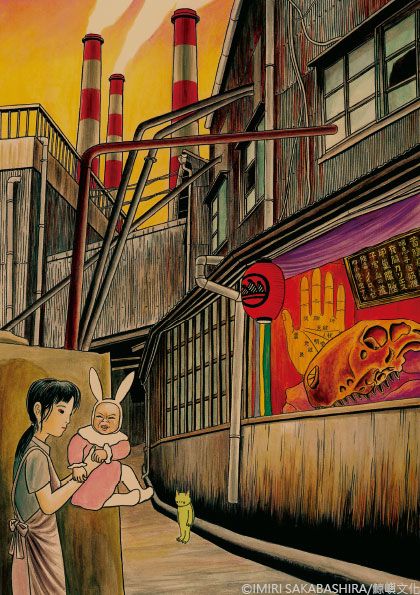

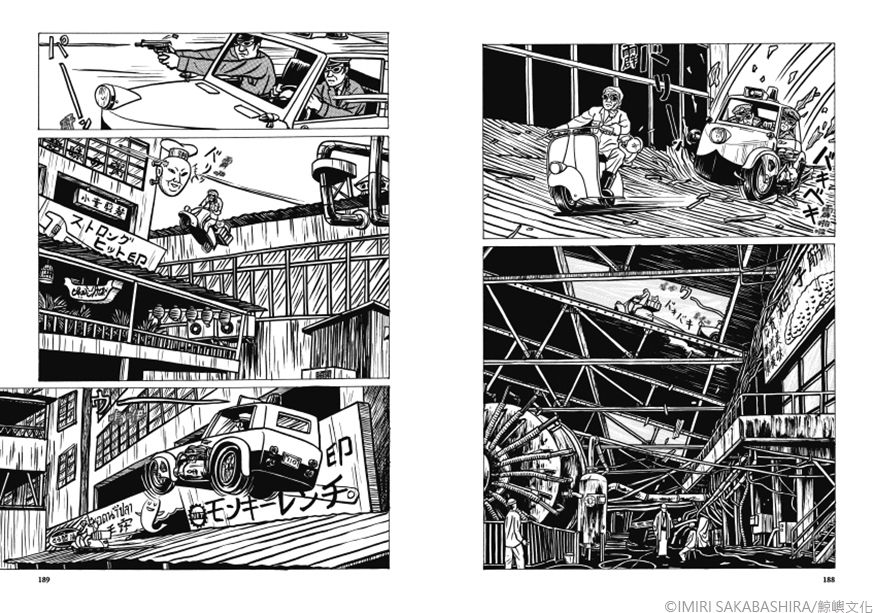
If the reverse column is only drawn for the purpose of "putting some image symbols together and seeing how it feels", it will not present such a sense of confusion, but it is obviously related to "I have a mental problem, look at me "The creative line is different, because he has maintained a consistent style to the end. Therefore, it is still classified as "comic" instead of "drama painting", "comic picture" and "graphic novel".
On online light novels, comic strips, mobile games or funny short films that pursue fast speed and a lot of excitement, it is difficult to tolerate the visual grammar of the reverse column. Under the bombardment of a large number of film and television works adapted from superhero comics such as Marvel, many aesthetic expressions have been blocked. Ni Zhu or the kind of completely anti-narrative and anti-entertainment comics he belongs to, the impact and post-reading experience brought by reading will only slowly ferment in the hearts of readers. "You don't have to understand it, feel it," said the kung fu superstar Bruce Lee before his death. It can be a reference for reading the comics of the reverse column. ●( The original text was first published on the OPENBOOK official website on 2022-08-04)
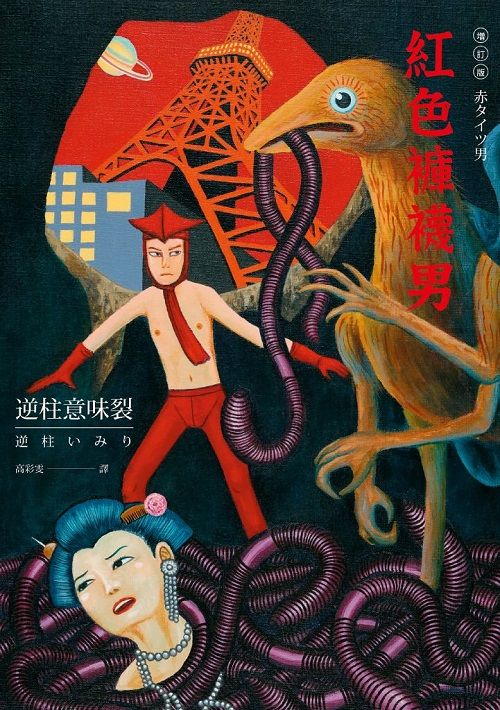
men's red pantyhose
Red タイツ Male Author: Inverse Column Means Crack (Inverse Column いみり)
Translator: Gao Caiwen Publishing: Jingyu Culture
About the Author:
Reverse pillar means crack (reverse pillar いみり)
A native of Shizuoka Prefecture, Japan, whose real name is Mochizuki Katsuhiro, first published his works in the well-known Japanese alternative manga magazine " Garo " (ガロ) under the pseudonym of 馬場いみり (進Column means crack). In Japanese folk customs, "reverse pillar" refers to "reverse wood no pillar", which is "a pillar that stands against the direction of the tree's growth". In Yokai legends, the pillar itself turns into a monster; いみり means "crack" in Shizuoka dialect. Since his debut in Garo in 1989, Ni Column Mean Crack has accumulated many comic books, but most of his works are out of print. Even so, he still has a large number of die-hard fans in Japan and abroad. He has also launched English and French versions of his comics in Canada and France.
The creative style of Ni Column Mean Split is unique and bold, often intertwined with dreams and reality, with leaps in time and space, full of all kinds of whimsy in the crazy mood, human, monster and fantasy creatures are mixed in it... It can be said that it is a Japanese alternative comic It's a strange flower, and it is a rare Japanese strange painting genius.
Like my work?
Don't forget to support or like, so I know you are with me..
Comment…